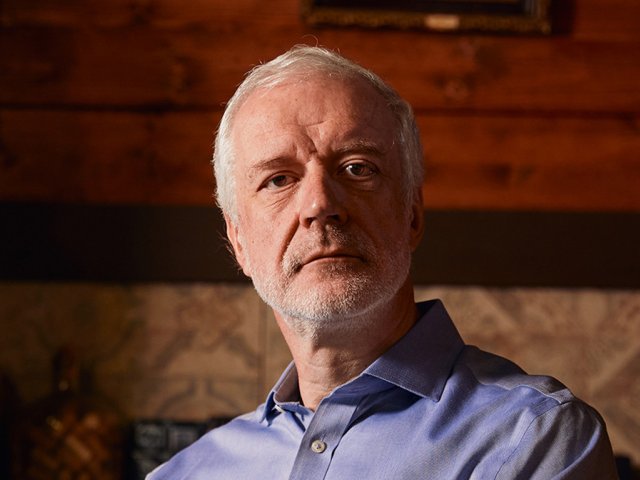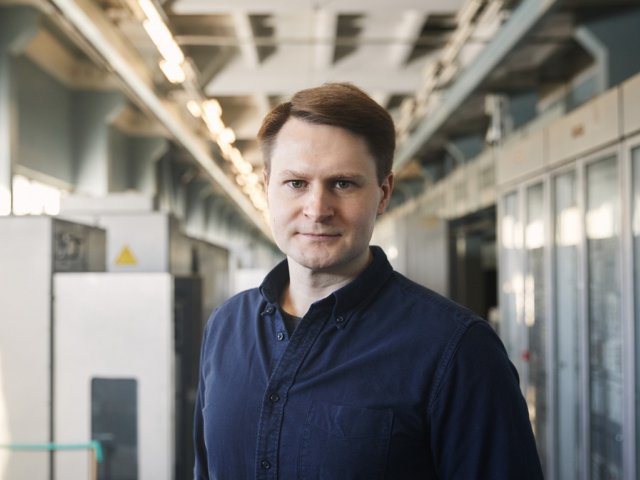Official:
William Thomson, Lord Kelvin. June 26, 1824 – December 17, 1907. British mathematician, physicist, and engineer. He is known for his works on thermodynamics, mechanics, and electrodynamics. The first British scientist to become a member of the House of Lords.
Life and Work:
1. According to the Guinness Book of World Records, the youngest student in the history of mankind started to attend classes at the University of Glasgow at the age of ten years and four months. The name of the youngest student in history was William Thomson. This is the same Thomson who is widely known as Baron Kelvin – one of the world’s greatest physicists.
2. William Thomson’s ancestors were ordinary farmers, but his father became a famous mathematician who penned textbooks that lasted for dozens of editions. When William was born, his father taught at the Royal Belfast Academical Institution, which, despite the magnificent title, was an ordinary grammar school. Later, the great physicist’s father became a professor at the University of Glasgow.
3. William’s mother died when the boy was barely six. He had heart problems himself, and almost died at the age of nine.
4. When the family moved to Glasgow, William began to attend his father’s lectures and officially became a student in 1834. However, it is now emphasized that this was not something out of the ordinary: at the time, the university was something like a special primary school for particularly talented students, and William Thomson was among them.
5. Biographers note that children of the Thomson family received a very cosmopolitan upbringing. In summer, they usually stayed in London or in Europe and spent a lot of time studying foreign languages – their father strongly insisted on it.
6. Having studied at the University of Glasgow at a young age, William, with his father’s full support and assistance, entered Peterhouse College, Cambridge. He was remembered there for his keen interest in literature, classical music, and sports; in 1843, he even was among the winners of the prestigious rowing race. Yet, it is science that was the true center of William Thomson’s intellectual life.
7. In 1845, William Thomson completed a course of science at Cambridge, and the following year he took the chair of Theoretical Physics at the University of Glasgow. At that time, he was barely twenty-two years old.
8. In 1852, the not-yet-famous scientist married his childhood friend and second cousin Margaret Crum, the daughter of the chemist Walter Crum. They say that he was in love with her in childhood, but if so, this love had dried up by adolescence. Before marrying Margaret, William Thomson received three rejections from another young lady, Sabrina Smith.
9. During the honeymoon, Margaret fell seriously ill, and for the next 17 years caring for his sick wife distracted Thomson from science.
10. The young chairholder’s scientific interests stretched in different directions. Among his works are papers on hydrodynamics, wave theory, thermoelectricity, and research on the elasticity theory. Among William Thomson’s most significant achievements is the formula that carries his name. It connects the period of natural oscillations of a circuit with its capacitance and inductance.
11. William Thomson was a keen yachtsman and was interested in everything related to the sea. Therefore, it is not surprising that he became the scientific consultant for the transatlantic cable project. Everyone benefitted from it: the countries on both sides of the ocean, which gained reliable telegraphic communication, and Thomson, who earned the noble title and the prefix “sir” to his name, as well as the maritime industry, for which the newly minted sir improved the sea gage and compass.
12. Nevertheless, William Thomson entered the history of science primarily as one of the founders of thermodynamics. He conceived the second principle of thermodynamics, introduced the absolute temperature scale, which was later called the Kelvin scale in his honor. Indeed, scientists knew about the existence of the lower temperature limit, that is, absolute zero, before him, but it was the future lord who determined it to the nearest hundredth: –273.15 degrees Celsius or –459.67 degrees Fahrenheit.
13. William Thomson became Lord Kelvin in 1892, when Queen Victoria granted him the title of lord in recognition of his scientific achievements. The name was borrowed from the river that flows near the University of Glasgow.
14. And being a commoner who became a baron, the scientist did not disdain practical matters. He invented or improved many physical devices, and among his many patents were quite prosaic ones, like the patent for a water tap.
15. World-famous universities repeatedly invited the famous scientist to teach and conduct scientific work. But the professor remained loyal to his home university in Glasgow, where he worked for more than half a century. The university museum – which is, by the way, the oldest museum in Scotland – has a permanent exhibition of original works by Lord Kelvin and items touched by his hand.
16. Aware of William Thomson’s great success in practical research, in 1899, George Eastman invited Lord Kelvin to take up the post of vice-chairman of the board of directors of the British company Kodak Limited.
17. From 1890 until 1895, William Thomson was chairman of the Royal Society of London, the unofficial British Academy of Natural Sciences.
18. Reaching an old age, the great physicist became an inveterate skeptic. He did not believe the discovery of X-rays and claimed that radio would never find a practical application.
19. When the royal family turned to Lord Kelvin for advice on which current to choose for the residence, he provided such recommendations that it was only in the 1980s when they started using alternating current – previously, direct current was used.
20. Lord Kelvin also disagreed with Darwin’s theory. He wittily claimed that he was “on the side of the angels.”
21. Lord Kelvin came up with another good joke: the English system of measures would be the most ridiculous in the world if there were no English monetary system.
22. At the end of the Victorian century, in April 1900, Lord Kelvin gave a famous lecture at the Royal Institute in London, in which he informed the world that the clear sky of physics was darkened by two clouds. The first of them was the difficulties in the radiation theory, which boiled down to the question: how can the Earth move through an elastic medium – the light-bearing ether? Under the second problem, the baron meant the explanation of Michelson’s experiment, which was aimed at measuring the influence of the Earth’s motion on the speed of light.
23. With the insight of a brilliant physicist, 76-year-old Lord Kelvin pinpointed two most problematic scientific issues of his time. Radiation theory challenges led Max Planck to the quantum hypothesis, and problems with explaining Michelson’s experiment were solved by Einstein in his famous work On Electrodynamics of Moving Bodies – the fundamental work on the theory of relativity. Thus, the two clouds in the sky of physics obscured the theory of relativity and quantum mechanics – the very foundations of today’s physics.
24. In 1907, Lord Kelvin caught a bad cold and never recovered. He was laid to rest in Westminster Abbey, next to Isaac Newton.
25. In the US state of Arizona, there is a small town of Kelvin. It was named after Lord Kelvin, as he made a major investment in mining in the area.






















